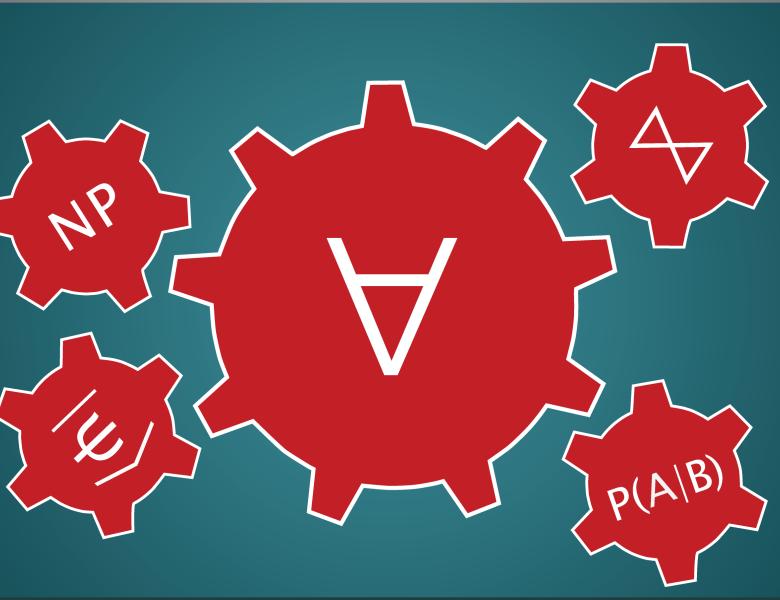
Abstract
To describe systems composed of interacting parts, scientists and engineers draw diagrams of networks: flow charts, Petri nets, electrical circuit diagrams, signal-flow graphs, chemical reaction networks, Feynman diagrams and the like. In principle all these different diagrams fit into a common framework - the mathematics of string diagrams, based on category theory. This has been known for some time. However, the details are more challenging, and ultimately more rewarding, than this basic insight. Two complementary approaches are decorated cospan categories (which are more topological in flavor) and PROPs (which are more algebraic). Playing these off each other, while keeping practical examples in mind, we can start to unearth the mathematical structures implicit in networks.


